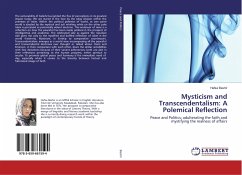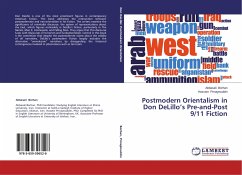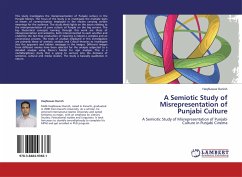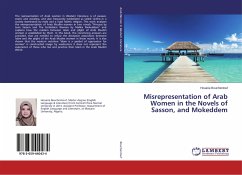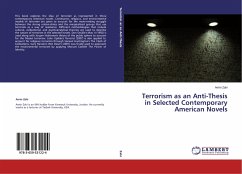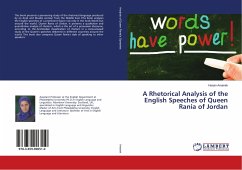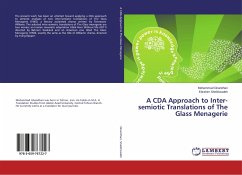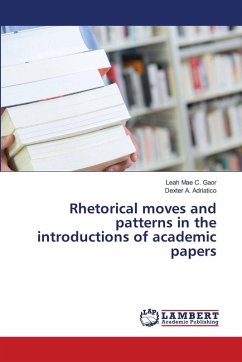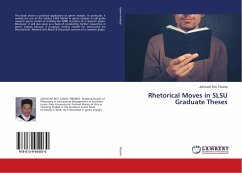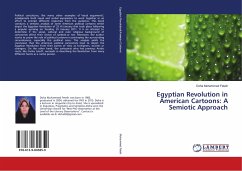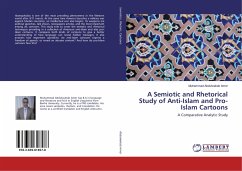
A Semiotic and Rhetorical Study of Anti-Islam and Pro-Islam Cartoons
A Comparative Analytic Study
Versandkostenfrei!
Versandfertig in 6-10 Tagen
51,99 €
inkl. MwSt.

PAYBACK Punkte
26 °P sammeln!
Islamophobia is one of the most prevailing phenomena in the Western world after 9/11 events. At the same time America launches a military war against Muslim countries, an intellectual war also begins. Its weapons are political speeches, talk shows, newspapers articles, and the most important among all; cartoons. This study tries to cover the semiotic and rhetorical techniques prevailing in a collection of American anti-Islam and also pro-Islam cartoons. It compares both kinds of cartoons to give a better understanding of how language can reveal hidden messages. It also answers two important qu...
Islamophobia is one of the most prevailing phenomena in the Western world after 9/11 events. At the same time America launches a military war against Muslim countries, an intellectual war also begins. Its weapons are political speeches, talk shows, newspapers articles, and the most important among all; cartoons. This study tries to cover the semiotic and rhetorical techniques prevailing in a collection of American anti-Islam and also pro-Islam cartoons. It compares both kinds of cartoons to give a better understanding of how language can reveal hidden messages. It also answers two important questions: do anti-Islam cartoons express a freedom of speech, or reveal an abusive content? And how do pro-Islam cartoons face this?



